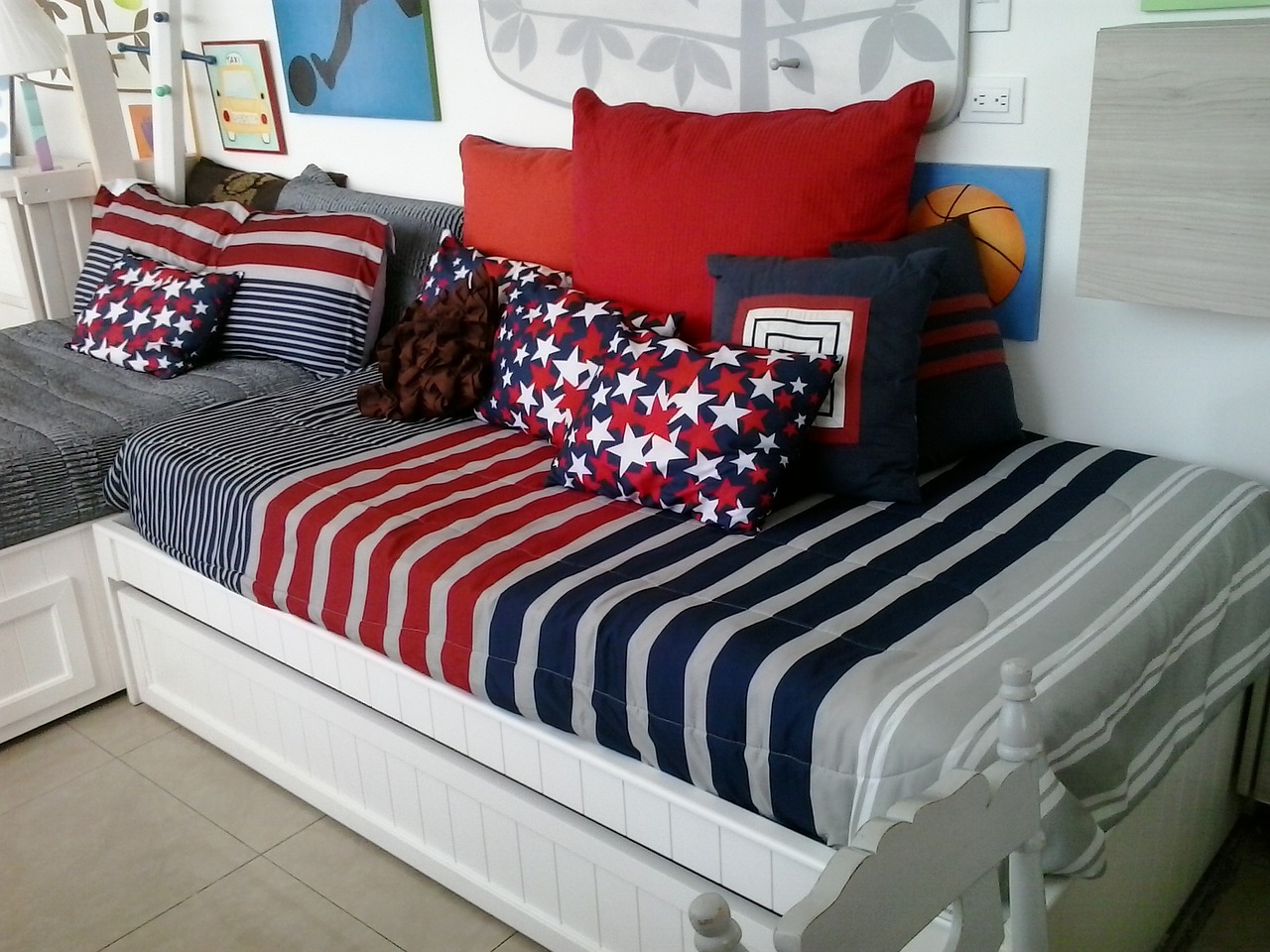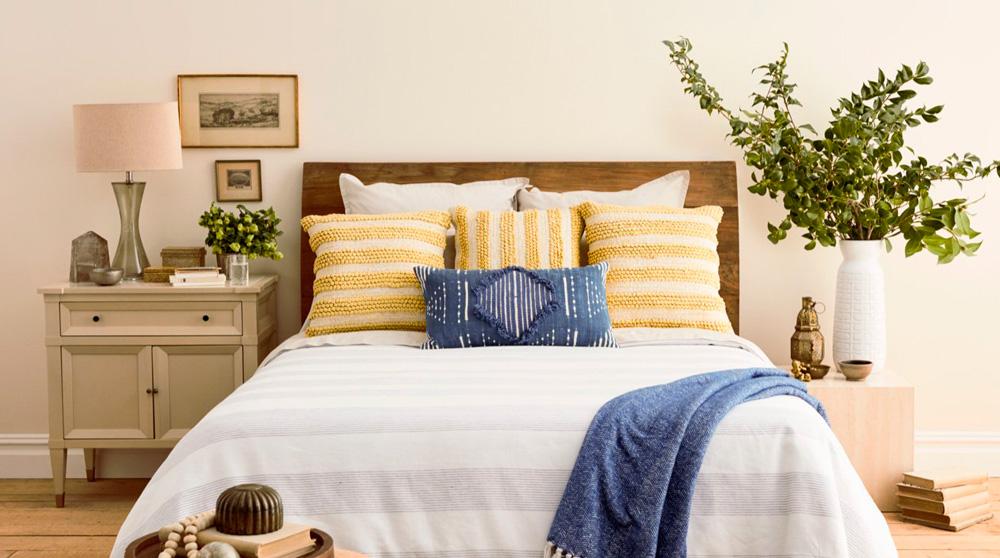How Long Does a Memory Foam Mattress Last?

Memory Foam was developed around thirty years ago for NASA, but unfortunately they did not use this foam for their purposes.
However since then it has been widely used in various industries for it’s unique pressure relieving properties.
Memory foam is also known as “slow recovery foam” because when you apply pressure the foam “remembers” where the pressure has been applied therefore indentations in the foam with fingertips are slow to recover. The memory foam will fully recover to it’s original form and retain it’s shape and support for considerably longer than any other foam.
How long will a memory foam mattress last?
Depending on the care and frequency of use, an average memory foam mattress should last a good 5-10 years
The actual lifespan of a memory foam mattress will depend on a variety of factors, including:
-
The quality of the materials used: Memory foam mattresses that are made with high-quality materials and construction techniques will generally last longer than those made with lower quality materials.
-
The type of foundation it is used on: Memory foam mattresses should be used on a supportive foundation to help extend their lifespan. This may include a box spring, a slatted bed frame, or a platform bed.
-
How well it is cared for: Proper care and maintenance can also help extend the life of a memory foam mattress. This may include rotating it regularly to even out wear and tear, using a mattress protector to keep it clean, and following the manufacturer’s recommendations for cleaning and care.
To extend the life of your memory foam mattress, be sure to:
-
Use a supportive foundation: A sturdy foundation will help support the weight of the mattress and prevent sagging, which can shorten its lifespan.
-
Rotate it regularly: Rotating your memory foam mattress on a regular basis will help distribute wear and tear evenly across the surface of the mattress, which can help it last longer.
-
Follow the manufacturer’s recommendations for cleaning and care: Be sure to follow the manufacturer’s instructions for cleaning and caring for your memory foam mattress to help it last as long as possible. This may include using a vacuum to remove dust and debris, spot cleaning stains, and using a mattress protector to keep it clean.
| Q1 | |
| A1 | |
| Q2 | I ordered a Mattress but the item in the package is too small to be a mattress? |
| A2 | This is a common misconception, all our products are vacuum packed and while it may seem that the item you received is not what was ordered, please remove all packaging and allow the item to retake its shape. In most cases this should take about 4-6 hours |
| Q3 | What is the Density of your Memory Foam? |
| A3 | All our Memory Foam is 50 Density. |
| Q4 | Why does my mattress smell? |
| A4 | This is very a common question; first thing to remember is not to worry. Due to the chemical composition of all foam based products, the process invariable means that some odour may be present, especially if the foam block has been freshly cut. The odour has been described as being similar to damp. This will soon disappear, sometimes within a day or two after the mattress has been left to air. If you have any queries, please call us and talk to one of our representatives who will gladly explain any issues. |

There are numerous characteristics of memory foam the following are to list a few, memory foam is temperature sensitive so it will react to body heat and mould itself around a warm body giving a significant added feel of comfort and relieving pressure aggravated by bad sleeping posture. Memory foam mattresses are the best sleeping surfaces around. Memory foam mattresses are so effective in relieving pressure that the burns unit in hospitals use them in aiding pain relief for their patients helping towards a quick recovery. When laying down on a memory foam mattress your body weight is distributed evenly over the surface ensuring that your spinal column is aligned correctly and potentially reducing aggravated pressure between the skin and bone areas of the body such as the heels, hips, elbows and back of the head. It also provides anti-microbial protection, eliminating dust mites therefore preventing MRSA. Memory foam prevents roll together reducing the risk of discomfort.

Statistically it is known that sleeping on an unsuitable mattress can affect your daily life causing stress, tiredness, tension build-up, stiffness of the joints and generally feeling unwell within yourself. But to have undisturbed sleep knowing that your body is supported comfortably on a memory foam mattress will help make you feel re-vitalised, re-juvenated and happy. There are no springs or lumps in our memory foam mattress. The ‘stress free’ zip off mattress cover is a luxurious four way stretch fabric which has been specifically engineered to compliment memory foam products. The advanced air flow material will keep you comfortable and regulate your body temperature whilst sleeping. Order your mattress today and put to the test the above characteristics and be ready to be in for “A great night sleep”.
How to Make Sure You Buy A Memory Foam Mattress That Will Last Longer
Memory foam mattresses and memory foam matress covers are helping people of all ages, sizes and shapes sleep comfortably. Here`s a buying guide so you know what to look for when you`re choosing a memory foam mattress.
FoamDensity
Memory foam density is measured by taking the weight (lbs) of a cubic foot (ft3) of memory foam. It ranges from 1.5 lbs/ft3 to 8 lbs/ft3 in most cases. 5+ lbs/ft3 matresses are pretty rare nowadays. Most standard memory foam has a density of 1.5 to 5 lbs/ft3.
The higher the density, the more expensive the mattress is.
You’ll probably be safe with any memory foam product ranging from 3 lbs/ft3 to 6.5 lbs/ft3.
Higher-density memory foams last longer and cost more, and usually (not always) give a higher level of pressure relief.
MemoryFoamThickness
You should not focus on the overall height of the mattress. Because we know memory foam mattress is not made only of memory foam. So you should consider only the thickness of the memory foam within the mattress. That`s only matters. There are mattresses with foams thickness ranging from just only 1” to over 12” or even 14”.
In our opinion, you`ll be ok with anything from 3” to 6”. Lower would be too firm and you would bottom out the foam, and higher could cause improper spinal alignment.
MemoryFoamMattressFirmness
Firmness is measured in ILDs and the foams are ranging from 5 ILD up to 23 ILD.
In our opinion, you`ll be ok with anything from 9.5 ILD to 14 ILD. What we can for sure say is - stay away from anything lower than 8.5 ILD and higher than 17 ILD.
BuyingMemoryFoamTopper/Cover?
You might not need a whole memory foam matress.
If your current mattress is in good condition, you may just cover it by purchasing a topper. BUT, having a mattress in a good condition is a must, because if it sags - the pad/topper would have no effect at all!

Patrick Mahinge
Patrick Mahinge, the chief editor at MTBNZ.org is a serial webpreneur who also enjoys mountain biking.
Related Articles



16-04-2021
Best Air Mattress: The Ultimate Guide to Buying an Airbed
Read more about this article...
Read more →